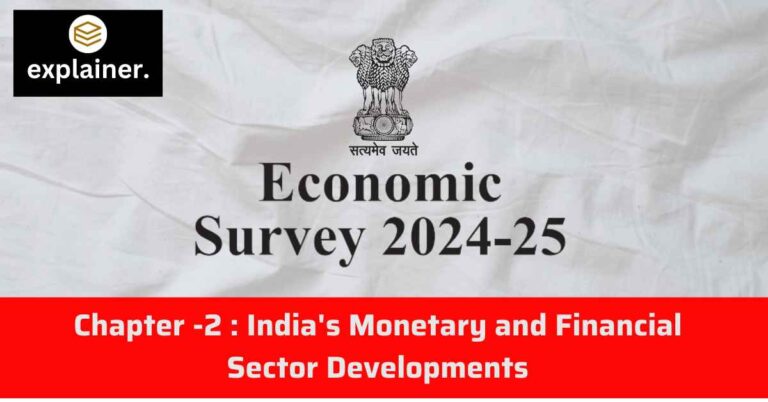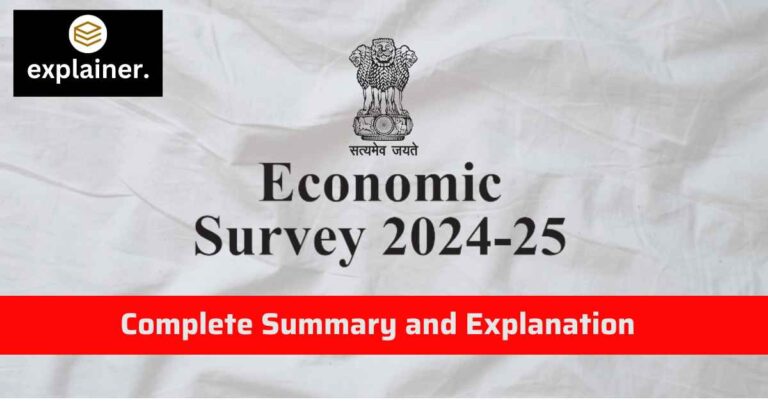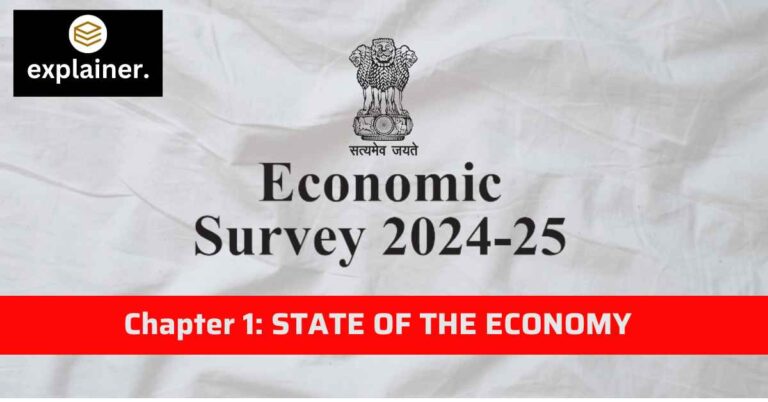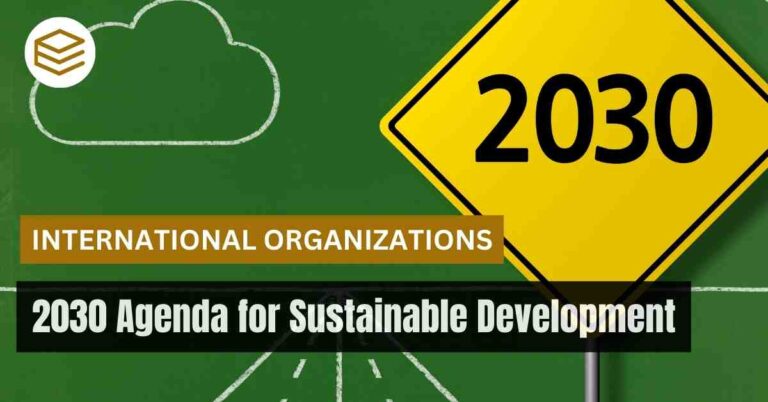December 13, 2025 5:42 am
Introduction
Urbanization is the process of population migration from rural to urban areas, leading to the growth of cities and towns. India, one of the fastest urbanizing countries, is experiencing a massive shift with its urban population expected to reach 600 million by 2031. This rapid urban growth is driven by economic development, industrialization, and improved living standards, but it also brings challenges like housing shortages, infrastructure strain, and environmental degradation.
This article explores the multidimensional aspects of urbanization in India, addressing its historical context, current trends, challenges, opportunities, and the policies aimed at managing this transformation.
What is Urbanization?
Urbanization refers to the increasing concentration of people in urban areas due to rural-to-urban migration, natural population growth, and the reclassification of rural areas into urban centers.
Global Urbanization Trends
- According to the United Nations, over 68% of the global population will live in urban areas by 2050.
- India is poised to contribute significantly to this trend, adding 416 million urban dwellers between 2018 and 2050.
Pre-Colonial Era
- Urbanization in ancient India was centered around cities like Harappa and Mohenjo-Daro during the Indus Valley Civilization.
- Medieval urban centers like Delhi, Varanasi, and Jaipur were hubs of trade, culture, and administration.
Colonial Era
- Urbanization was shaped by the British, focusing on port cities like Mumbai, Kolkata, and Chennai for trade and administration.
- Development was uneven, with rural areas neglected.
Post-Independence Era
- Post-1947, urbanization was driven by industrialization and economic reforms.
- Cities became centers for employment, education, and healthcare, attracting rural populations.
Key Statistics
- As per the Census 2011, 31% of India’s population lived in urban areas. This is projected to rise to 40% by 2031.
- India has 53 urban agglomerations with populations exceeding 1 million, including megacities like Mumbai, Delhi, and Bengaluru.
Drivers of Urbanization
- Economic Growth: Urban areas contribute over 60% to India’s GDP, attracting investments and job seekers.
- Migration: Push factors like rural poverty and pull factors like better urban opportunities drive migration.
- Reclassification: Villages with urban characteristics are reclassified as towns.
- Infrastructure Development: Urban areas offer better connectivity, housing, and public services.
1. Housing Shortages
- Urban housing demand exceeds supply, leading to a rise in slums and informal settlements.
- According to the Ministry of Housing, India faces a shortfall of 18.78 million urban housing units, mostly for economically weaker sections.
2. Infrastructure Strain
- Urban infrastructure, including roads, sewage systems, and public transport, struggles to keep pace with rapid population growth.
- Overcrowding in cities leads to traffic congestion, water shortages, and inadequate waste management.
3. Environmental Degradation
- Urbanization contributes to deforestation, air pollution, and waste generation.
- Cities like Delhi face severe air quality issues, with particulate matter levels often exceeding safe limits.
4. Inequality
- Economic disparities manifest in urban areas, with wealthy neighborhoods coexisting alongside slums.
- Migrants often face exclusion from social services and affordable housing.
5. Governance Issues
- Urban governance is often fragmented, with overlapping responsibilities between municipal corporations, development authorities, and state governments.
- Lack of capacity and funding limits the effectiveness of urban local bodies.
6. Unemployment and Informality
- Urban areas often fail to generate adequate formal employment opportunities, pushing workers into the informal sector.
- Informal jobs lack social security and labor rights, exacerbating vulnerabilities.
1. Economic Growth
- Urban areas are engines of economic development, contributing significantly to national GDP.
- Cities offer opportunities for entrepreneurship, innovation, and industrial growth.
2. Innovation and Technology
- Urban centers foster technological advancements and attract startups in fields like IT, fintech, and e-commerce.
- Smart cities are leveraging IoT, AI, and big data to improve urban services.
3. Improved Living Standards
- Urbanization brings better access to education, healthcare, and utilities, improving quality of life.
- Women in urban areas have better access to employment and education opportunities.
4. Urban-Rural Linkages
- Urbanization strengthens rural economies by increasing demand for agricultural products and rural labor.
5. Sustainability Potential
- Planned urbanization can promote green infrastructure, renewable energy, and sustainable mobility.
- Urban agglomerations can lead the fight against climate change by adopting energy-efficient technologies.
1. Housing for All by 2022
- The Pradhan Mantri Awas Yojana (PMAY) aims to provide affordable housing to urban poor through subsidies and public-private partnerships.
2. Smart Cities Mission
- Launched in 2015, this initiative promotes sustainable urban development in 100 cities by leveraging technology and citizen-centric planning.
3. Atal Mission for Rejuvenation and Urban Transformation (AMRUT)
- Focuses on improving urban infrastructure, particularly in water supply, sewerage, and public transport.
4. Swachh Bharat Mission (Urban)
- Aims to make urban areas open-defecation free and promote waste segregation and recycling.
5. National Urban Transport Policy (NUTP)
- Encourages public transport systems to reduce traffic congestion and air pollution.
6. RERA (Real Estate Regulatory Authority)
- Ensures transparency and accountability in the real estate sector, protecting homebuyers’ interests.
7. Metro Rail Expansion
- Expanding metro rail networks in cities like Delhi, Mumbai, Bengaluru, and Kochi to improve urban mobility.
1. Delhi’s Air Pollution Crisis
- Challenges: High vehicular emissions, industrial pollution, and crop residue burning.
- Solutions: Introduction of the Odd-Even Rule, adoption of CNG vehicles, and promotion of electric mobility.
2. Bengaluru’s Traffic Congestion
- Challenges: Rapid urban sprawl and insufficient public transport.
- Solutions: Expansion of metro lines, smart traffic management systems, and carpooling initiatives.
3. Ahmedabad’s Riverfront Development
- Achievements: The Sabarmati Riverfront Project transformed a neglected riverbank into a vibrant public space, promoting tourism and economic activity.
Alignment with SDGs
Urbanization plays a critical role in achieving the Sustainable Development Goals (SDGs), particularly:
- Goal 11: Make cities inclusive, safe, resilient, and sustainable.
- Goal 6: Ensure availability of clean water and sanitation.
- Goal 13: Combat climate change through sustainable urban planning.
Green Urban Development
- Promoting rooftop solar installations and energy-efficient buildings.
- Expanding green cover in urban areas through urban forestry projects.
Circular Economy
- Adopting waste-to-energy plants and recycling infrastructure to reduce waste and promote resource efficiency.
1. Fragmented Planning
- Lack of coordination among multiple urban development agencies.
2. Funding Shortages
- Urban local bodies (ULBs) often lack the financial autonomy to implement large-scale projects.
3. Lack of Citizen Participation
- Limited involvement of citizens in urban planning leads to gaps in addressing local needs.
1. Integrated Urban Planning
- Develop comprehensive master plans integrating housing, transport, and green spaces.
2. Strengthening Urban Local Bodies
- Enhance the financial and administrative capacity of municipal corporations.
3. Promoting Public Transport
- Invest in metro rail, bus rapid transit systems (BRTS), and electric mobility.
4. Inclusive Urban Policies
- Address the needs of vulnerable groups like slum dwellers, women, and migrants.
5. Smart and Resilient Cities
- Use technology for real-time monitoring of urban services.
- Build disaster-resilient infrastructure to withstand climate risks.
Conclusion
Urbanization is both a challenge and an opportunity for India. While it brings significant economic and social benefits, it also requires careful planning to address housing shortages, infrastructure bottlenecks, and environmental degradation. With innovative policies, sustainable practices, and robust governance, India can transform its urban centers into engines of growth and hubs of innovation.
Useful Links >>
UPSC Mains Syllabus – General Studies-I: This post provides a detailed breakdown of the General Studies-I syllabus, covering Indian Heritage and Culture, History, and Geography of the World and Society.
Complete Notes of History for UPSC: A comprehensive collection of history notes tailored for UPSC aspirants, encompassing ancient, medieval, and modern Indian history.
UPSC CSE Exam 2025: An Insight: Gain insights into the UPSC Civil Services Examination for 2025, including important dates, exam patterns, and preparation strategies.
Important Books for UPSC Exams: A curated list of essential books recommended for various subjects in the UPSC examination, aiding in effective study planning.
UPSC Prelims Syllabus: An in-depth overview of the UPSC Preliminary Examination syllabus, helping candidates understand the topics to focus on during their preparation.





